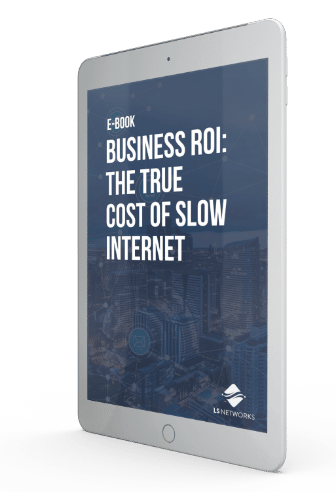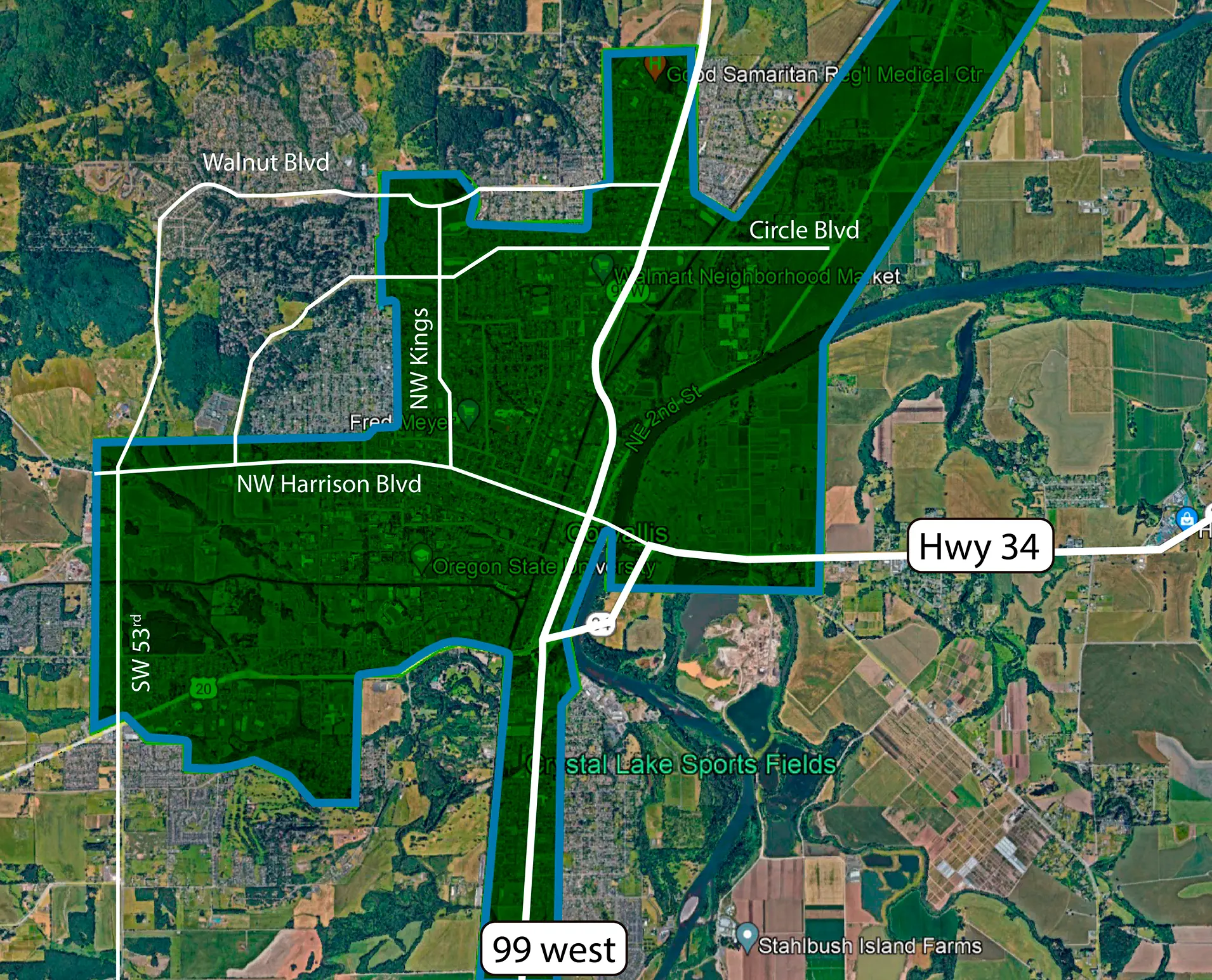For business owners, return on investment is one of the key considerations in strategic decision-making. However, with so many different business priorities to tackle—from processes and people to software and automation and more—it can be a challenge to effectively safeguard your organization against costly investments. In this blog post, we’ll share how you can watch out for ROI pitfalls so you can see valuable returns on your investments.
Watching Out for ROI Pitfalls
Return on investment is a widely used performance metric that in essence, is simply a ratio between net income and investment. When put into effective use, ROI is used to evaluate the efficiency of one investment and then compare it to the efficiencies of other investments. For example, a business leader may want to know whether implementing a new learning management system or document management system brought more net income to their organization that year. However, there are three simple yet key considerations you should make before even deciding on the next thing to invest in.
1. Cash vs Profits
A common mistake that business owners make is confusing cash and profit—but cash is not the same as profit. When calculating ROI, this mistake can show up in comparing an initial investment, which is in cash, with returns as measured by profit or revenue. This is incorrect because again, profit is not cash flow. The correct approach is to compare the cash returns with the cash outlays.
2. Where Are You Already Spending?
Business owners can maximize ROI by understanding where their company is already making or losing money. This way, they can tackle those areas first. Perhaps your customers have expressed frustration with various parts of the customer experience, or perhaps you’re spending a lot on your internet, but you experience frequent disruptions or slowdowns.
3. Measuring Results
In order to accurately calculate ROI, your business needs to be able to accurately capture the necessary data points. This means considering all elements of the cash outlays and cash returns. The initial cash outlay can include equipment costs, shipping costs, installation costs, training costs, and more. For the cash returns, which are a bit trickier, you’ll need to be able to estimate the net cash the investment will generate year by year or month by month. These are crucial to see an accurate ROI figure that can then drive strategic business decisions.
The No-Brainer Investment: Fiber Internet
Fiber internet is the one investment that all business owners should consider—organizations across industries are switching from broadband Internet on copper capable to fiber-optic Internet connectivity because many have found significantly higher returns on their fiber investments. But what are the advantages of this newer technology?
Most importantly, fiber-optic Internet is several times faster than even the quickest copper Internet connections. Even when there’s a surge in Internet access, with fiber, no one should notice any change in Internet speed. That’s because fiber relies on light instead of electricity to transmit data. This can be a huge game changer for productivity, especially as businesses continue adopting new digital capabilities with such great speed. Employees need to be able to quickly access data and applications stored in the cloud.
Furthermore, fiber internet is much more reliable than broadband. Since fiber is physically much stronger than copper, fiber-optic Internet is not easily susceptible to difficult weather conditions or human and electrical interference. Maintaining reliable internet connections is crucial for businesses that want to stay competitive. When your cable internet inevitably goes out, one day of downtime—or even just one hour—can severely disrupt your business continuity.
That’s why many businesses consider investing in fiber internet a complete no-brainer. With faster Internet connections that can easily handle higher bandwidths, are equally fast whether downloading or uploading files, and make data signals much harder for hackers to intercept, a modern fiber connection is a foolproof way to future-proof your business.
The LS Network Difference
LS Networks is proud to provide lightning-fast connectivity to rural communities in the Pacific Northwest. With speeds up to 100 Gbps, our symmetrical Fiber Internet service will help support your changing business requirements so you can stay productive and competitive no matter the circumstances.
Interested? Let’s start a conversation about your business needs today.







